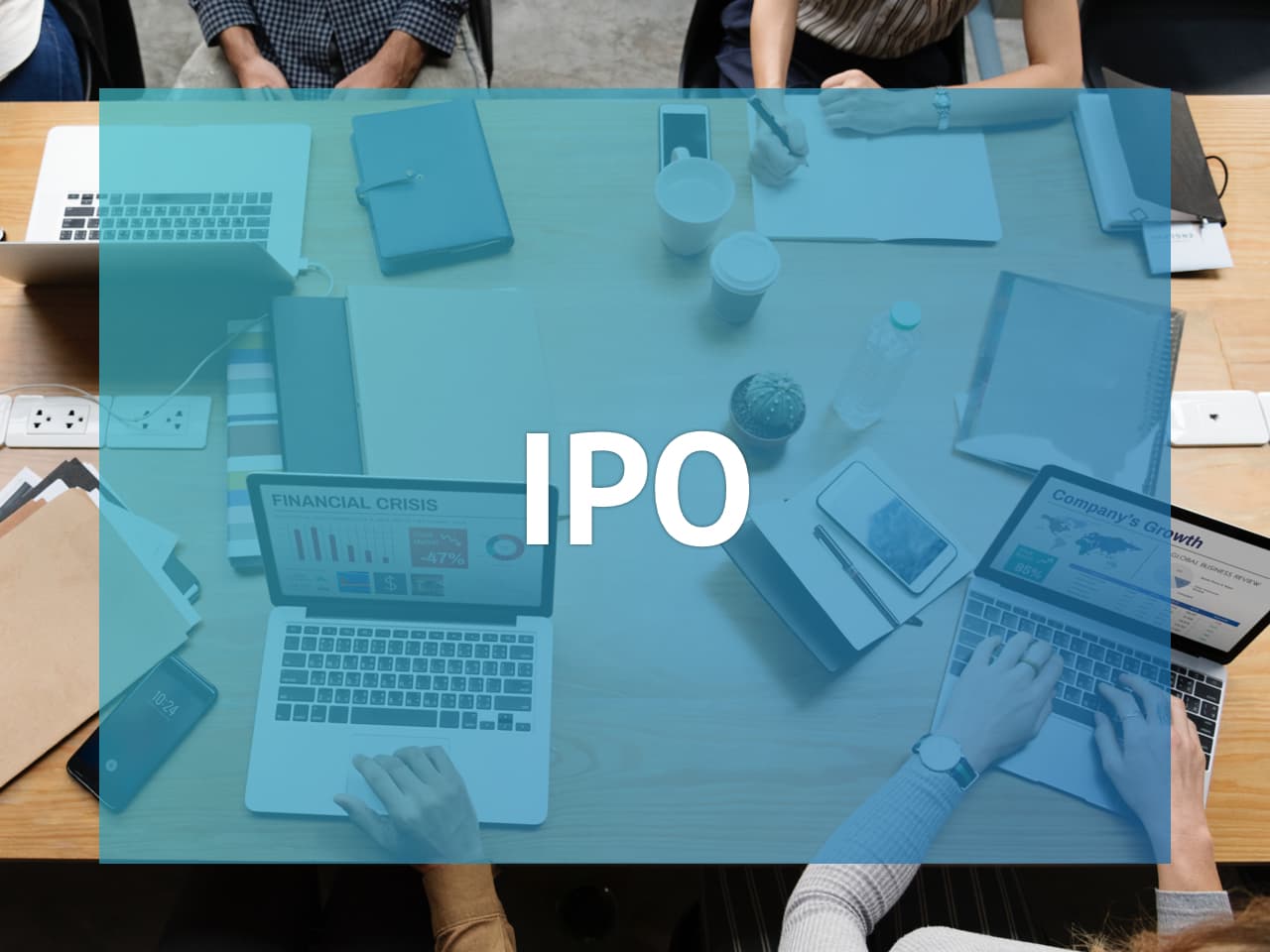Indirect tax has never been more consequential or more complex. Real-time reporting, e-invoicing mandates, and the expansion of digital business models are compressing timelines and multiplying touchpoints across your enterprise resource planning (ERP) system, commerce, and finance stack.
At the same time, many tax departments remain under-resourced and only partially automated, even as expectations rise for proactive insights and flawless execution.
Jump to ↓
Why tax belongs at the front of digital transformation
Where most organizations stand today
Selecting the right deployment pattern
Turning maturity into momentum: A practical indirect tax roadmap
What great looks like for indirect tax leaders
How Thomson Reuters can help
Why tax belongs at the front of digital transformation
Regulatory velocity is redefining “on time”
Authorities are shifting from periodic to real-time controls. Treating tax as an afterthought in cloud migrations or ERP programs leads to rework, higher maintenance costs, and avoidable penalties. Involving tax early ensures architecture and data models support e-invoicing, continuous transaction controls, and audit-ready traceability from day one.
Every transaction is tax-affected
As data flows through ERPs, order-to-cash, procure-to‑pay, customer relationship management systems (CRMs), and ecommerce, indirect tax must determine, document, and defend outcomes consistently. Connecting tax to the core transformation unlocks better data hygiene, faster insights, and lower total cost of ownership.
Where most organizations stand today
Capacity constraints are real
Many corporate tax departments report being under-resourced and still rely heavily on manual processes. Reducing time spent on compliance while maintaining accuracy is a top success measure.
2. The automation gap persists
A significant share of departments have automated less than half of their work and describe their tech posture as reactive or chaotic. Upskilling and improving existing systems outrank outsourcing as preferred remedies.
3. New responsibilities are emerging
Teams are expected to pivot from preparers to strategic advisors, governing automated workflows, partnering with finance and IT, and using real-time data for planning and decision support.
Selecting the right deployment pattern
Cloud tax solutions deliver agility and rapid content updates
On-prem offers control and stability
Many large enterprises are adopting hybrid models and exploring edge-enabled, containerized deployments to reduce bandwidth dependency at checkout, improve resilience, and standardize updates at scale.
The takeaway for multinational retailers and omnichannel businesses:
Match deployment to use case
Centralize intelligence and content in the cloud
Place latency-sensitive calculations closer to the transaction
Turning maturity into momentum: A practical indirect tax roadmap
Take the 7-question assessment
Locate your expansion readiness, transaction volume handling, real time reporting, e-invoicing mandates, integration breadth, audit responsiveness, and scalability.
Anchor tax in your enterprise transformation plan
Partner early with CIO, ERP leadership, and enterprise architecture. Map tax sensitive data, legal entities, and jurisdictional nuances to systems.
Define e-invoicing and continuous transaction controls (CTC) requirements market-by-market and ensure APIs (Application Programming Interface), data models, and workflows are designed for continuous reporting.
Choose a platform that fits your global complexity
Prioritize depth of content coverage across countries and industries; low latency calculation at scale; certified integrations with SAP, Oracle, and leading commerce platforms; and proven support for e‑invoicing and real-time controls.
Plan for hybrid deployment where it adds resilience (e.g., edge for high volume retail checkout) while maintaining‑ centralized governance and content updates.
Build the business case with measurable ROI
Quantify avoided penalties, reduced manual effort, faster close, and lower IT maintenance. Track baseline metrics such as error rates, cycle time per return, and audit-response lead time.
Many organizations realize substantial three-year ROI when consolidating onto a single, integrated indirect tax platform with automated updates and end-to-end workflow.
Appoint a Taxologist and invest in skills
Empower a tax technology leader to translate requirements into configurations, steward data quality, and own change management.
Upskill your team on data, APIs, and analytics. Position tax as a strategic partner that can model scenarios, assess business change impacts, and advise on risk and cash ‑flow opportunities.
Implement for scale, then operationalize excellence
Start with thorough requirements and a data audit. Standardize determination rules and codes globally; centralize configurations to reduce divergence.
Co-design with IT: environments, Continuous Integration (CI) and Continuous Delivery/Development (CD) for tax content and testing protocols that reflect your highest risk scenarios.
Embed controls and telemetry: real-time dashboards for exception management, reconciliation automation, and audit-ready trails.
Normalize change
Regulations will change. New channels will launch. Mergers and acquisitions (M&A) will happen. Treat tax technology as a living capability with release cadences, regression testing, and clear ownership.
Engage end users early through user acceptance testing (UAT), and training. Celebrate quick wins, reduced cycle time, and fewer manual touchpoints to reinforce adoption.
What “great” looks like for indirect tax leaders
Frictionless calculation everywhere: consistent, low-latency determination across sales and procurement, online and in-store, domestic and cross-border.
Compliance without chaos: automated return preparation and filing, integrated e-invoicing/CTC, and instant, end-to-end audit trails.
Insight at the speed of the business: real-time visibility into obligations, anomalies, and opportunities that support decisions on pricing, supply chain, and market entry.
Resilient by design: standardized integrations, clean core ERP extensions, and deployment patterns that withstand outages and spikes.
How Thomson Reuters can help
Thomson Reuters ONESOURCE Indirect Tax brings together tax determination, indirect compliance, and e-invoicing in an integrated end-to-end globally scalable platform that aligns with clean core ERP strategies and connects to 200+ enterprise applications. Whether you are at the urgent transformation stage or operating as a digital accelerator, you can adopt the components you need now and expand as mandates and markets evolve.
Take the assessment to find your department’s current maturity level and the shortest path to added value.



























